Are you a contractor?
Join our network and attract real clients!
Table of Contents
4 min read
Assembling Safe and Compliant Scaffolding for Yourself and Your Team
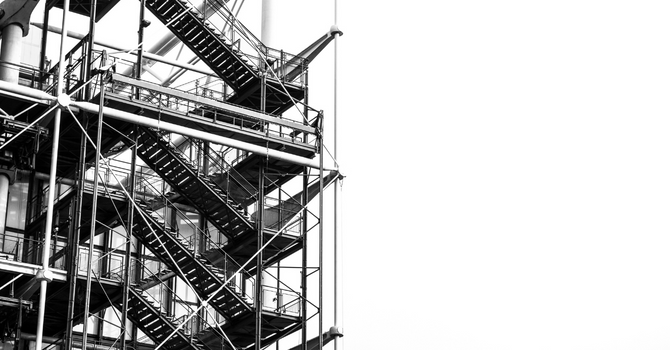

4 min read
Assembling Safe and Compliant Scaffolding for Yourself and Your Team
Advice for contractorAssembling Safe and Compliant Scaffolding for Yourself and Your Team
As a contractor, it’s your duty to inform your employees regarding the best workplace health and safety practices, if not put together a hazard prevention plan. Naturally, all lines of work have their risks, but if you can avoid catastrophes thanks to the right training and information, why go without?
In this article, we’ll discuss specifically scaffolding and its safety aspects. Using these, for one, reduces the risks of falls and facilitates transporting tools at great heights, but solely if they’re assembled correctly. As such, there are a few basic rules to follow to ensure that the scaffolds don’t tip over.
How to Safely Assemble Scaffolding: Steps to Follow
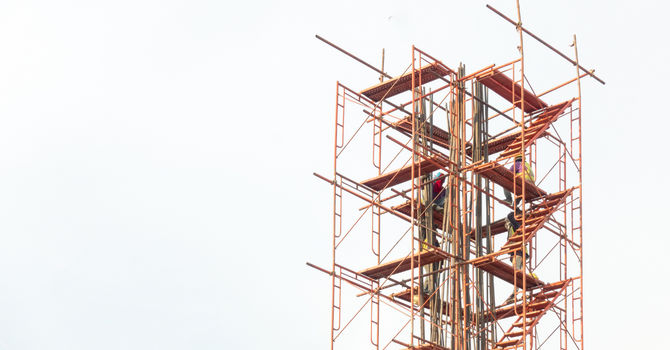
Source: Canva
The most common factors causing scaffolds to collapse are due a weak work platform, a lack of fasteners when it was first erected, excess weight or strong winds against the protective tarpaulins. To ensure you’re not exposed to potential injuries, bone fractures, brain injuries, or death, you’ll need to follow a few guidelines:
1- Know the rules and your obligations
As an employer, you must be able to supply materials that are in good working order, a safe workplace, with uncluttered access, devoid of any obstacles. The latter involves clearing the snow and ice off any work platforms, ladders, and access areas.
If you happen to work near power lines, different safety distances must be respected according to voltage:
125 kV or less = 3 metres (about 10 feet)
125 to 250 kV = 5 metres (about 16 feet)
250 to 550 kV = 8 metres (about 26 feet)
550 kV or more = 12 metres (about 40 feet)
The platform must be at least 18 inches wide and the borders must be no more than 14 inches away from the structure. A guardrail is mandatory if the workers are exposed to potential falls from more than 3 metres high (10 feet).
Note that, if a scaffold over 18 metres (60 feet) high is required to proceed with the work at hand, you must submit signed and sealed plans by an engineer to the CNESST prior to erecting the platform. The netting and the fasteners must comply with the audit plan.
For more information or to validate your procedures, check out:
Critères pour un échafaudage sécuritaire de la CNESST (French only)
Guide d’installation et mode d’emploi d’échafaudages mobiles (French only)
2- Assess the area and dataset to choose the right scaffold
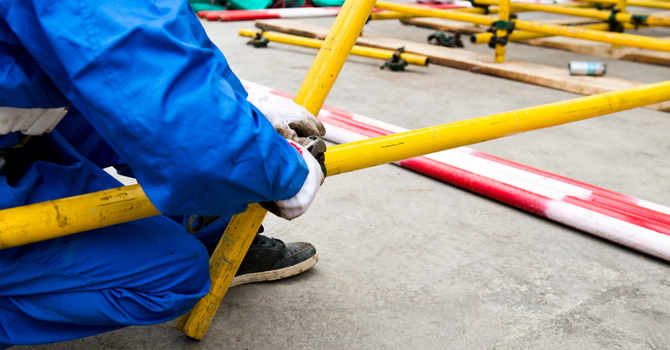
Source: Canva
Ask yourself this question: Is this a small- or large-scale project? For complex and extensive constructions, it’s best to choose, for example, scaffolding that’s secured to the ground rather than mobile towers.
For work that requires constant upward and downward movements, favour suspended scaffolding. And, there are scaffolds for stair use.
Doing minor work over a short period of time? Why not opt for a folding or rolling structure to save a bit of money and time when it comes to setting it up and taking it apart…
Long story short, all jobs have a scaffold match.
Note that, the higher you climb, the more your setup has to be stable. The more your equipment is heavy, the more it’ll need to be sturdy.
3- Check the equipment
Regular inspections, repairs, and maintenance according to the manufacturer’s standards and instructions are key to construction worksite safety.
As such, when using scaffolding, make sure that:
the base and the transversal platforms are levelled and properly fitted;
the footings are solid and rightly balanced;
the casters on a mobile scaffold are fitted with brakes;
the bracing is in position;
the locking devices and ties are secured;
the planks and materials used are of sound quality and devoid of cracks, mould, or other signs of deterioration;
the guardrails, netting, lifelines, and planks are sturdy;
safety and maintenance documentation has been updated.
4- Assembly guideline
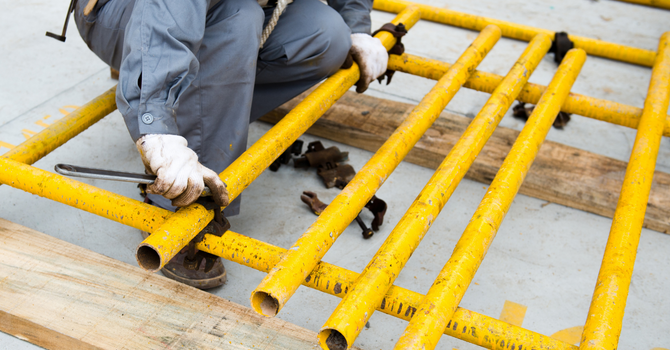
Source: Canva
To rightly secure your scaffold, you have to anchor it to the building, another structure, or at ground level with the help of braces and wires.
Make sure that the support footing is sturdy and that every single component was rightfully installed, meaning that the ground or whatever supporting structure involved can easily withstand the maximum load anticipated. Also, the steel studs must be set up against plates and beams.
Don’t overlook any component or material provided during the assembly (locks, crosspieces, plates, clamps, etc.).
The platform and its components can’t slip off or tip over. The platform must withstand a weight that largely exceeds what is to be anticipated. Scaffolding planks without any cracks between putlogs are often recommended. As for the open sides and ends, guardrails, mid-rails, and toe boards must be installed.
If your scaffolding is really high, plan for a rest platform near a ladder every 10 metres (30 feet).
If your workspace is covered by, for example, tarps, make sure that there’s adequate ventilation allowing workers to breathe safely without the fear of inhaling toxic fumes from chemical products.
A Few Precautionary Measures!
At the risk of infantilizing your staff, it’s still really important to remind them of some of the basic rules for the adequate use of scaffolding and to ensure a safe work environment. Often, accidents are caused by someone attempting a dangerous manoeuvre to save time or when co-workers are goofing around to cheer each other up.
Climb up using the ladder or steps set up for that purpose instead of via the frame.
Never jump on the platform or the planks.
The crosspieces and guardrails aren’t designed to be ascended to or hold tools.
Carefully calculate the loads and check the wind force prior to undertaking any work.
If the braces aren’t easily set up, re-position the scaffold (level it) instead of forcing the braces in place.
Always wear a hard hat and any required personal safety gear.
If the frame or guard posts appear to be bent, don’t try to fix or reshape them: replace them.
Keep in mind that taking a bit more time to comply with these mandatory steps will spare you a lot of grievances, like a fine, shutdown, injuries, and soiling your reputation as a contractor and employer.
Get new contracts for your construction or renovation company
RenoQuotes.com can help you get new contracts. We get new project proposals from clients seeking top-rated and trustworthy renovation professionals like yourself. To get started, simply fill in the form on our homepage (it only takes a few minutes) and receive information regarding potential clients by way of our services.
Dial 1-844 828-1588 to speak with one of our customer service representatives.
Last modified 2023-11-07
Looking for something else?
Related articles
The latest industry news, interviews, technologies, and resources.

Cynthia Pigeon • 04 Dec 2023
The working world is undergoing radical shifts, and these changes have without a doubt impacted Quebec’s construction and renovation industry.
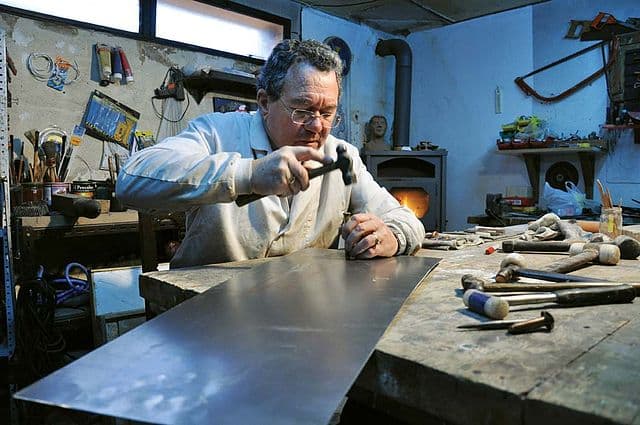
Cynthia Pigeon • 07 Nov 2023
Although the sheet metal trade is largely unknown, it plays an important role in the construction industry and is currently facing a major labour shortage. But what exactly does this little-known trade entail?

SoumissionRenovation.ca • 07 Nov 2023
When you think about taking on a home renovation project, you might consider all of the difficult aspects: cost, time, energy and so on. However, not every renovation has to be large-scale and overly time-consuming.
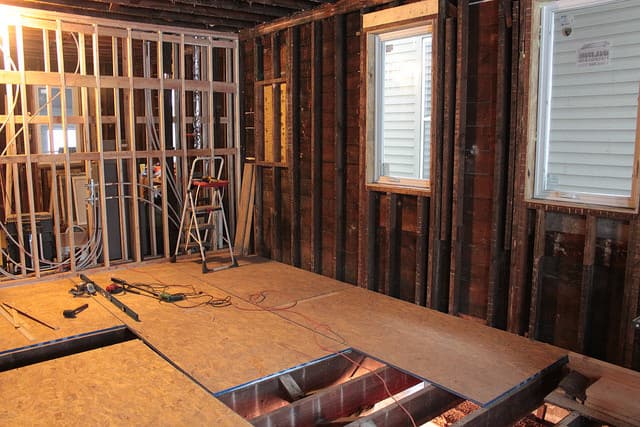
N/A • 15 Dec 2023
Floors are made up of several layers. Beyond the walking surface, meaning the flooring, the strength and durability of the floor rely on the structure of the house, joists, subfloor, and underlayment. When building or renovating a floor, you have to think about each of these layers, as they play a much more important role than one may know.

RenoQuotes.com • 07 Nov 2023
Creating, building and tending to your very own garden will let your yard come to life. This project has many benefits, alongside the aforementioned beauty that it brings, it’s also an excellent hobby, good exercise and an excuse to spend some time in the great outdoors.